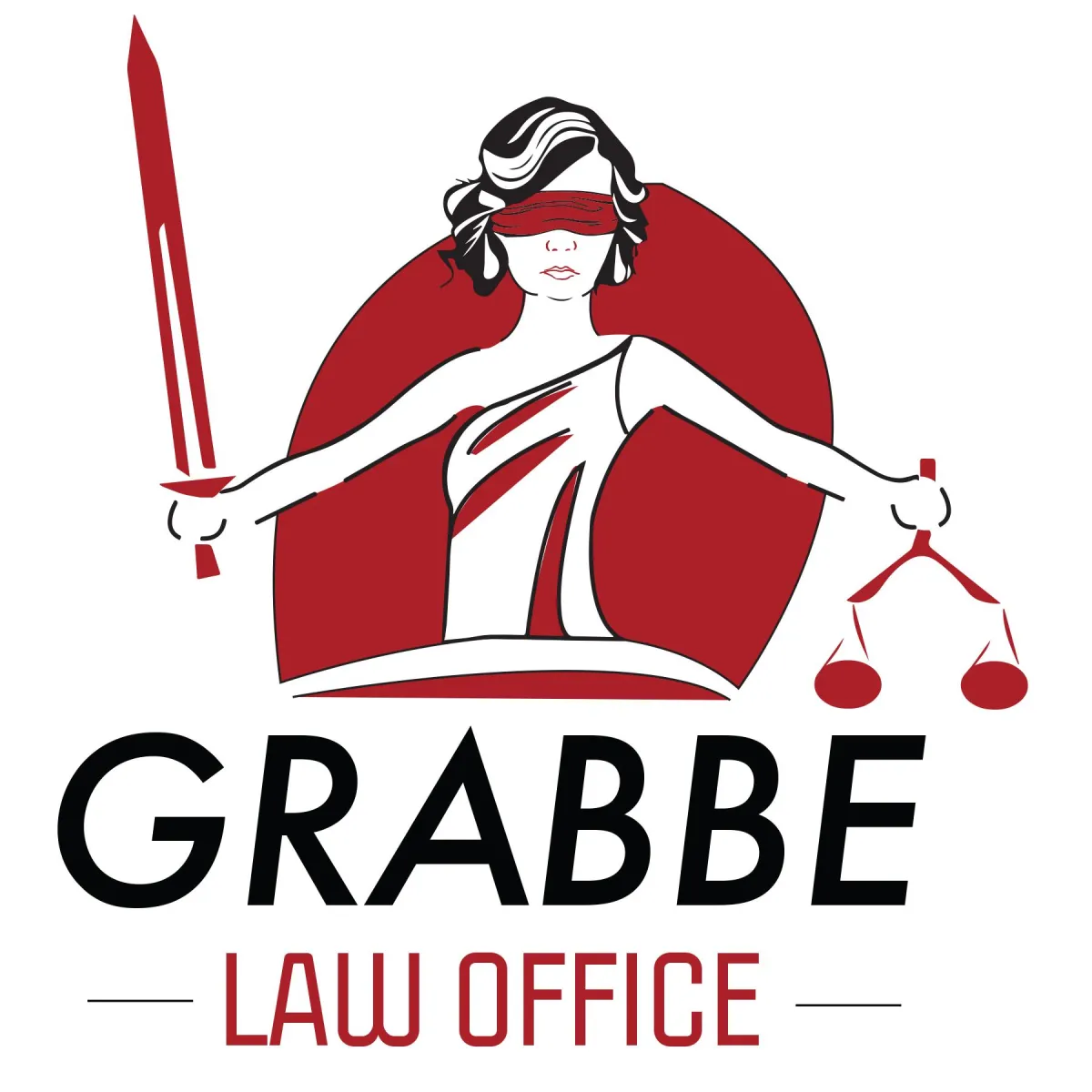Welcome to the Blog!

The Importance Of A Comprehensive Trademark Search
Establishing a trademark can help a brand to distinguish itself in a crowded marketplace. Because they know how closely brand recognition is linked to success, many new business owners consider becoming recognizable to consumers to be a key item in their startup agenda. However, developing a brand identity and registering an associated trademark can present both practical and regulatory challenges. There are millions of trademarks to compete with, and that number is growing. Therefore, conducting a comprehensive trademark search early can help to ensure that the developing branding is not too similar to the registered trademarks of competitors. To learn more about the importance of a comprehensive trademark search to protect your brand, consider contacting an experienced intellectual property lawyer at Grabbe Law Office by clicking here or calling (785) 621-4711 to schedule a consultation.
What Is a Trademark?
According to the United States Patent and Trademark Office (USPTO), a trademark can take many forms. A trademark may consist of a single word, but it can also incorporate several words together as a distinctive phrase. Non-verbal visual elements, such as designs and symbols, are also eligible for trademark registration. Some trademarks consist of a combination of verbal and non-verbal elements. The purpose of a trademark is to give businesses and brands better recognition and to protect their intellectual property and reputations with consumers. A clearly identifiable trademark can be a powerful tool in promoting a business, which supports efforts to grow a customer base and retain customer loyalty. Trademarks also provide entities with a measure of legal protection.
The term “trademark” denotes a form of identification for physical goods. For businesses that provide services but not goods, the formal term for the registered form of identification is a “service mark.” However, the term trademark is often used to refer to both types of registered marks. Whether the mark a business seeks to register is for goods or for services, a more distinctive mark will likely be more effective in the marketplace and easier to protect through legal action if needed.
The Purpose of a Thorough Trademark Search
Brands and businesses that are preparing a trademark application can often gain the greatest benefit from conducting a comprehensive trademark search early in the process, before filing the application. A quick search of the registered trademark database, provided by the USPTO, may not provide a clear and accurate picture of whether a particular name, image, or combination is distinct. This initial search can lead to a false sense of security that the planned trademark will meet with easy approval from regulators.
The USPTO weighs multiple factors when determining whether to approve a particular trademark application. Some of the factors that go into trademark registration include reviewing current and active trademarks and checking whether a prospective trademark has close similarities to those already being used. An experienced intellectual property attorney from the Grabbe Law Office will conduct a comprehensive trademark search on behalf of a business owner to help limit the risk of unpleasant surprises later in the application process.
Three Trademark Searches
There are three types of searches that are essential for a comprehensive trademark search and reliable results. These are conducted as follows:
Using the USPTO database to conduct a federal search comparing possible trademarks to those that are currently in existence
Using state trademark registries to find any trademarks registered at the state level that would not show up in a federal search
Using a common law trademark search to cover trademarks that are not registered with a state or federal government but that may constitute protected intellectual property under precepts of common law
Benefits of a Comprehensive Trademark Search
A business entity that does its due diligence prior to applying for a trademark may be able to save time, money, and headaches throughout the process. Conducting a thorough search in the initial stages of trademark registration can offer a business owner certain legal protections. If there are many results that closely resemble a proposed idea, it may be best to rework the branding concepts. Any adjustments that are needed for a successful trademark application will generally be easier and less expensive to make early in the branding development and trademark registration process than after an application has been submitted.
Time
Failing to take the time to complete, or have completed, a comprehensive trademark search can increase the chances that an application will be declined due to excessive similarity to an existing mark. If the trademark application is rejected, the business may then need to spend additional time developing an alternative and more time starting the application process again from the beginning. Conducting a thorough trademark search at the outset of the registration process can help to avoid such delays.
Legal Protection
Being diligent with every detail of a trademark from the beginning not only helps contribute to the potential for approval but also provides greater legal protections. One protection is to avoid possible accusations of infringement by ensuring that the mark does not closely mimic any existing trademark. Another protection comes from bolstering the organization’s ability to take legal action against competitors who may be infringing on its trademark.
How Trademark Applications Are Examined
The USPTO uses the following process to examine trademark applications:
● Once a business has submitted a completed application and paid the associated application fee, a serial number is assigned to the application
● A USPTO trademark attorney, called an “examining attorney,” is assigned to the application to make an assessment
● The examining attorney may either approve the trademark or issue an office action that will tell the applicant the reason for the refusal
● If the application is refused, the submitting entity may take the examining attorney’s feedback and apply changes to the trademark, or make a legal argument as to why the trademark application should be accepted, following guidance for filing a response according to the USPTO
● The office action notice typically includes a deadline by which the applicant’s response is due
● If all recommendations are satisfied, the application may be re-assessed for approval
● If the examining attorney is not satisfied that the criteria established in the office action have been met, then the trademark application may be rejected
● If the trademark application is rejected, the applicant may be able to appeal the decision
Responding to the notice from the examining attorney by the established deadline is critical, as failure to do so may cause the application to be considered abandoned. Working with an experienced trademark attorney may help to make sure that all the terms of an office action have been met in good time and help the business succeed with its trademark application.
Contact an Intellectual Property Lawyer for a Comprehensive Trademark Search Today
Filing for a trademark can be a complex process. Appreciating the importance of a comprehensive trademark search is an important step toward beginning an efficient, cost-effective application process. Conducting a comprehensive trademark search can help set a business up for success with its trademark application. If you would like help with trademark searches for your business, consider contacting an experience intellectual property attorney at Grabbe Law Office by clicking here for our calendar or calling (785) 621-4711 to schedule a consultation today.








